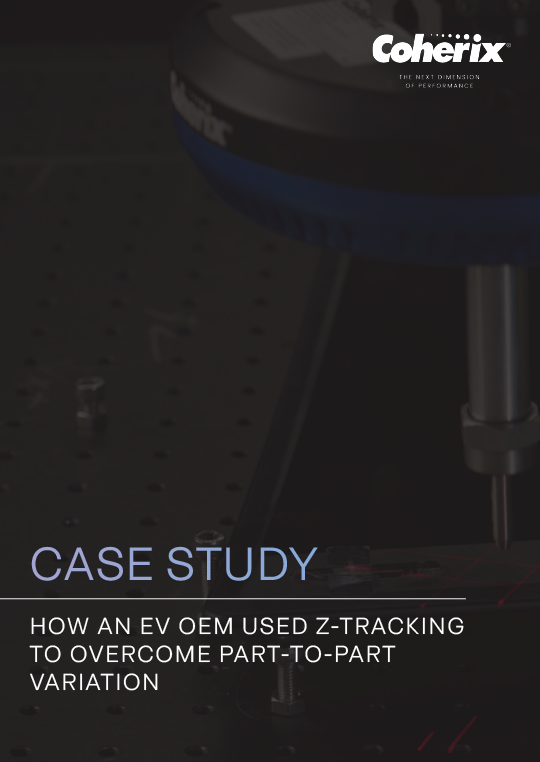NEW Battery Pack Sealing Case Study
HOW AN EV OEM USED Z-TRACKING TO OVERCOME PART-TO-PART VARIATION
Dispensing the right amount of battery cover sealant in the right location has proven to be challenging for a variety of reasons.
Battery covers and trays are becoming bigger and bigger, many are the size of the entire chassis of an electric vehicle (EV). When battery trays are this large, the bowing, edge curling and part-to-part variation is unique to nearly every one of these trays.
When the robot runs the programmed path, dispensed sealant is being plowed-through by the dispensing nozzle, causing insufficient wet-out and undesired spreading/location of the sealing bead. Many times, the nozzle will even crash into the part, requiring a nozzle change on the dispensing machine. In this scenario, the part is scrapped and the line is shut down for 20-40 minutes while the plant team replaces the nozzle.
Unfortunately, re-programming the robot to accommodate this variation in every single battery tray is not realistic because of the time involved.
The Coherix Case Study details how one of the largest global EV manufacturers utilized Z-Tracking to overcome this issue when sealing batteries for their electric vehicles. Coherix 3D found the variation and Z-Tracking corrected for the variation…all inline, without adding cycle time.
